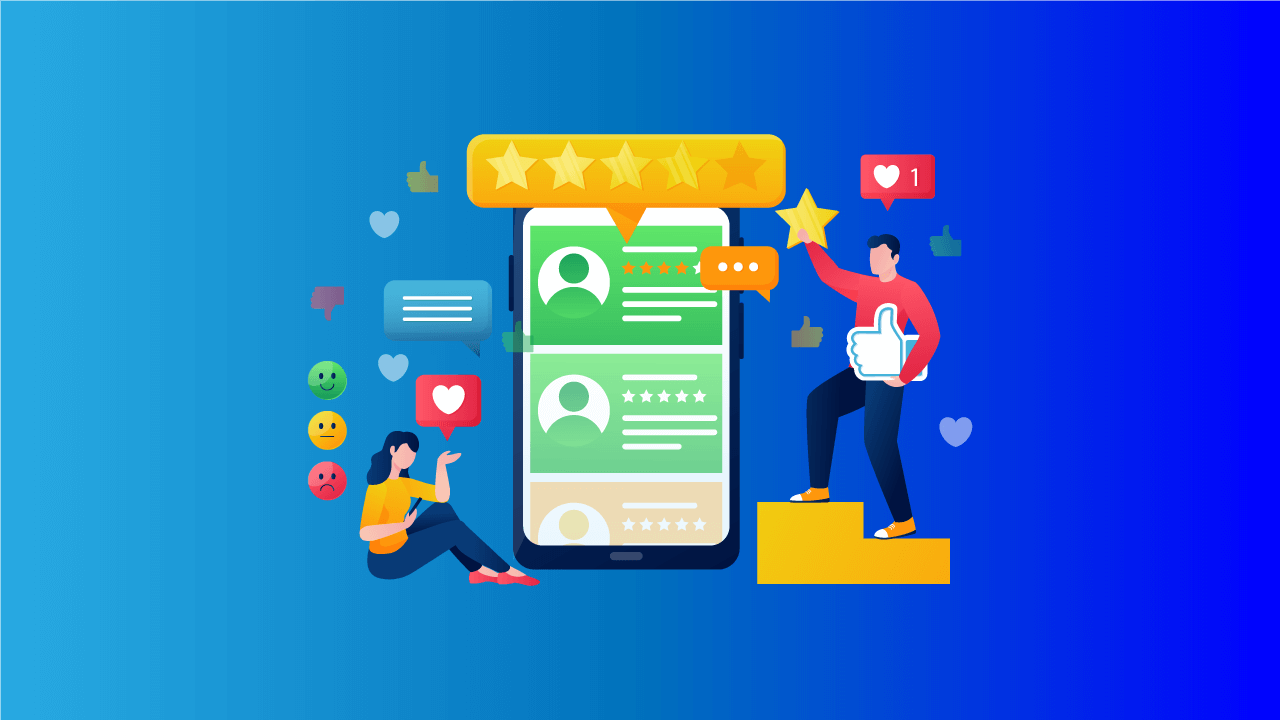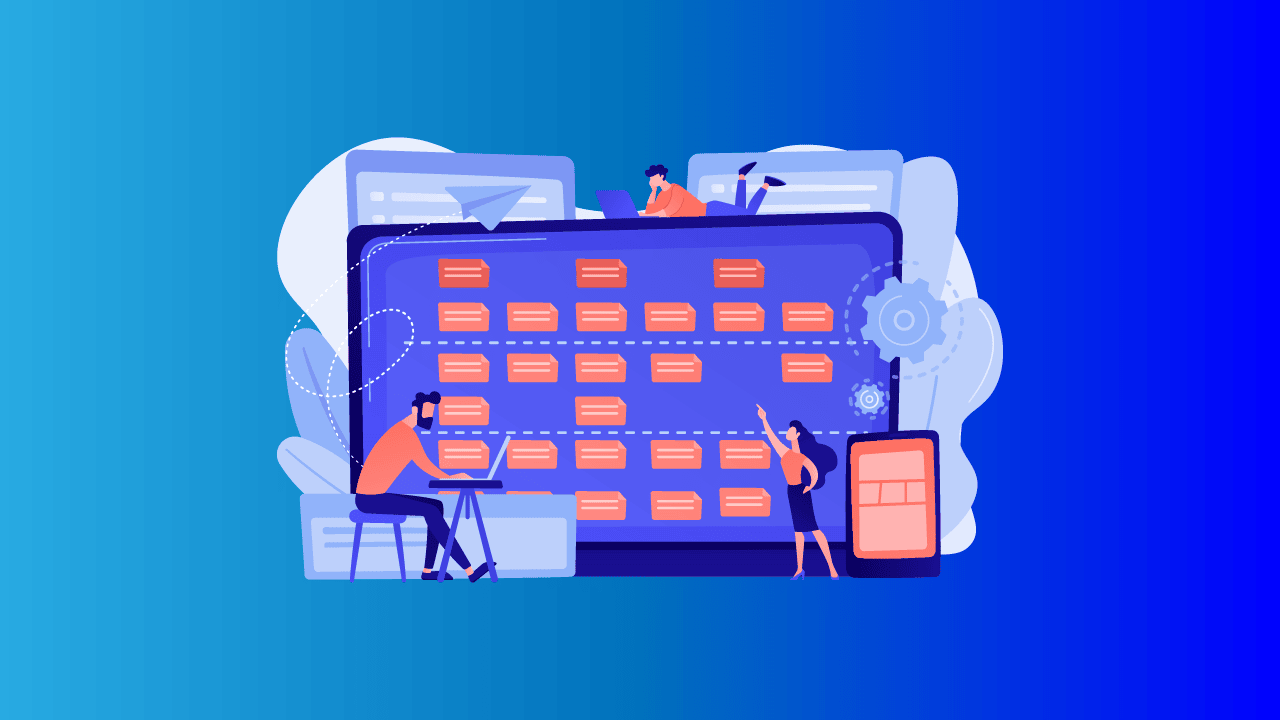Loyalty management is the process of building and maintaining strong relationships with customers to encourage repeat business and increase customer lifetime value. It involves creating and managing loyalty programs that reward customers for loyalty to a brand or business.
Loyalty management is important for businesses because it has been shown that retaining existing customers is more profitable than acquiring new ones. Research has shown that increasing customer retention by just 5% can increase profits by 25% to 95%. Additionally, loyal customers are more likely to refer others to a business, which can lead to even more revenue and growth.
Loyalty management programs can also help businesses better understand their customer’s preferences and behaviors, which can improve products and services, personalize marketing efforts, and increase customer satisfaction.
Businesses can easily create and manage loyalty programs by using a loyalty management app, tracking customer rewards and points, and communicating with customers to keep them engaged and loyal. The app can also provide valuable data and insights that can be used to make informed decisions about marketing, customer service, and product development.
-
Features Of The App
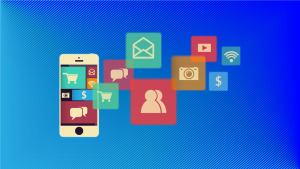
here are some possible features of a loyalty management app:
User registration and profile creation
- Users can create an account and provide basic information, such as name, email, and phone number.
- Users can optionally provide additional information, such as their birthdays or interests, to personalize their experience.
- Users can view and edit their profile information at any time.
- Businesses can create and customize loyalty programs with various point values, rewards, and expiration dates.
- Businesses can set up rules for earning points, such as earning a certain number of points per dollar spent per visit or completing specific actions.
- Businesses can track customer rewards and points in real time and adjust the program as needed.
- Businesses can also set up tiered loyalty programs that offer different rewards based on how many points a customer has accumulated.
Customer engagement and communication
- The app can send push notifications or emails to customers to remind them of their rewards or notify them of new promotions.
- The app can also include an in-app messaging or chat feature that allows customers to communicate directly with businesses.
- Businesses can use customer data to personalize communication and offer targeted promotions or rewards.
Reporting and analytics
- The app can provide businesses with real-time data and insights about their loyalty programs and customers, including how many customers have signed up, how many points have been earned and redeemed, and which rewards are most popular.
- Businesses can use this information to optimize their loyalty programs and marketing efforts and make informed customer service and product development decisions.
Integration with point-of-sale systems
- The app can integrate with businesses’ existing point-of-sale (POS) systems to automatically track purchases and points.
- Alternatively, businesses can manually enter customer purchases and points into the app.
User Interface And User Experience

A loyalty management app’s user interface (UI) and user experience (UX) are critical to its success. Here are some key considerations for the UI/UX design:
Simple and intuitive navigation
- The app should be easy to navigate and use, with a clear hierarchy of information and functionality.
- Users should be able to quickly find what they are looking for, whether creating an account, viewing rewards, or communicating with a business.
Visual design and branding
- The app should be visually appealing and consistent with the businesses’ branding.
- Colors, fonts, and images should be chosen carefully to create a cohesive and attractive design.
Personalization
- The app should offer a personalized experience for each user based on their preferences and behavior.
- For example, users could see personalized rewards and promotions based on their purchase history or interests.
Clear and concise information
- The app should present information clearly and concisely, using simple language and easy-to-understand visuals.
- Users should be able to easily understand how the loyalty program works, how they can earn and redeem rewards, and how to contact customer support if needed.
Smooth and responsive performance
- The app should be fast and responsive, with minimal loading times and smooth page transitions.
- Users should be able to easily complete tasks, such as redeeming rewards or viewing their point balance, without experiencing any lag or errors.
Accessibility
- The app should be designed with accessibility to ensure all users can easily use and navigate it.
- For example, the app could include features such as voice commands or text-to-speech functionality.
- Technology Stack

The technology stack for a loyalty management app can vary depending on the specific requirements and features of the app. Here are some of the commonly used technologies and frameworks:
- Programming languages: The app can be developed using programming languages such as Java, Python, or JavaScript.
- Front-end frameworks: Popular front-end frameworks include React, Angular, or Vue.js, which can be used to develop the app’s user interface.
- Back-end frameworks: Back-end frameworks such as Node.js, Django, or Ruby on Rails can handle the app’s server-side logic.
- Database: The app can use a relational database such as MySQL, PostgreSQL, or Oracle to store customer and loyalty program data.
- API: An API (Application Programming Interface) can integrate the app with other systems, such as a business’s point-of-sale (POS) system.
- Cloud platform: The app can be deployed on cloud platforms such as Amazon Web Services (AWS), Microsoft Azure, or Google Cloud Platform (GCP), which provide scalability and flexibility.
If you are not very familiar with all these terms, then you can use Mobiroller, an easy-to-use no-code mobile app building platform. Check this page to learn more about loyalty management apps.
-
Security
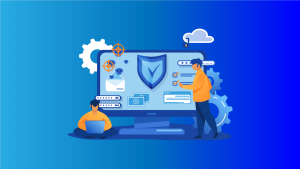
Security is critical to any loyalty management app, as it deals with sensitive customer information such as personal details, purchase history, and rewards earned. Here are some important security considerations for a loyalty management app:
- Authentication and authorization: The app should have a secure user authentication and authorization system to ensure only authorized users can access customer information and loyalty program data.
- Data encryption: Sensitive data such as customer information and loyalty program data should be encrypted to prevent unauthorized access or data breaches.
- Compliance: The app should comply with relevant data privacy and security regulations, such as GDPR or CCPA, to protect customer data.
- Secure development practices: The app should be developed using secure coding, avoiding common vulnerabilities like SQL injection and cross-site scripting (XSS) attacks.
- Regular security testing: The app should undergo regular vulnerability assessments to identify and address security weaknesses.
- Access controls: Access controls should be implemented to restrict access to sensitive data and functions based on user roles and permissions.
- Secure communication: All communication between the app and external systems should be secure and encrypted to prevent data interception.
By implementing these security measures, businesses can ensure that their loyalty management app is secure and that customer data is protected.
-
Business Model

There are several possible business models for a loyalty management app, including:
- Subscription-based: Businesses pay a monthly or annual subscription fee to use the app and its features.
- Commission-based: The app takes a commission on every transaction made through the loyalty program, similar to how credit card companies charge a fee for each transaction.
- Freemium: The app is free for basic features, but businesses can pay for premium features or additional services.
- White-label: The app is customized and branded for a specific business or group of businesses, and they pay for the app’s development and ongoing maintenance.
- Advertising-based: The app displays ads to users, and businesses can pay for sponsored ads or promotions within the app.
The choice of business model will depend on factors such as the target market, competition, and pricing strategy. Choosing a model that aligns with the app’s goals and revenue projections is important while providing value to businesses and customers.
-
Marketing and Promotion

Marketing and promotion are essential to the success of any loyalty management app. Here are some possible strategies for marketing and promoting the app:
- Social media advertising: Social media platforms like Facebook, Twitter, and Instagram offer powerful advertising tools to target specific audiences based on interests, demographics, and behaviors. By creating targeted ads for businesses that would benefit from a loyalty management app, you can generate interest and drive sign-ups.
- Influencer partnerships: Partnering with influencers with a large following in your target market can help generate buzz and interest in your app. Influencers can share information about your app with their followers, run giveaways, and provide reviews or testimonials.
- Content marketing: Creating informative and engaging content, such as blog posts, videos, and infographics, can help establish your app as a valuable business resource. You can generate interest and attract potential customers by sharing this content on social media, email, and other channels.
- Email marketing: Email marketing can be an effective way to communicate with businesses that are already interested in loyalty management. By creating a targeted email campaign highlighting your app’s benefits and offering a free trial or demo, you can encourage businesses to sign up.
- Referral programs: Referral programs can incentivize existing customers to refer their friends and colleagues to your app. You can encourage word-of-mouth marketing and generate new sign-ups by offering rewards or discounts for successful referrals.
- App store optimization: Optimizing your app’s listing on app stores like Google Play and the App Store can help improve visibility and attract potential customers. You can increase downloads and usage by using relevant keywords, providing clear descriptions and screenshots, and encouraging positive reviews.
- Partnerships and integrations: Partnering with complementary businesses or integrating with existing software solutions can help expand your app’s reach and appeal. For example, you could integrate with popular point-of-sale systems or partner with marketing agencies specializing in loyalty programs.
Make Your App With Mobiroller
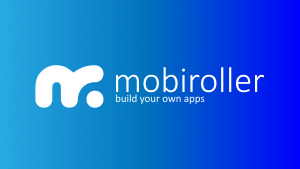
Mobiroller is a powerful app builder that makes it easy to create loyalty management apps. The platform provides all the tools you need to build, customize, and launch your app in minutes. With its easy-to-use interface, you can quickly create an onboarding process for businesses, set up rewards programs and discounts, track customer activity, and more. You can also use Mobiroller’s analytics dashboard to monitor performance and optimize your app. With Mobiroller, you can create a loyalty management app tailored to your business needs.
QUESTIONS AND ANSWERS
Q: What Advantages Does Mobiroller Offer For Loyalty Management Apps?
A: With Mobiroller, you can create a customized loyalty management app tailored to your business needs. The platform provides all the tools needed to build, customize and launch an app in minutes and an analytics dashboard to monitor performance and optimize your app.
Q: Does Mobiroller Offer Any Customer Support?
A: Yes, Mobiroller offers all its users free customer support. The team is available to answer questions and provide assistance with the platform’s features.
Q: What Kind Of Analytics Does Mobiroller Offer?
A: With Mobiroller, you can access an analytics dashboard to monitor performance and optimize your app. The dashboard provides detailed insights into customer activity, so you can analyze trends, measure success, and make changes as needed.
Q: How Do Loyalty Management Apps Help Businesses?
A: Loyalty management apps help businesses reward and engage their customers, driving more sales and revenue. Additionally, loyalty programs can foster a sense of loyalty between businesses and customers, increasing customer retention.
Q: What Types Of Rewards Are Offered Through Loyalty Management Apps?
A: Depending on the type of business, rewards offered through loyalty management apps can range from discounts and special offers to exclusive access to products or services. Businesses often also offer rewards points that can be redeemed for various items.
Q: How Quickly Can I Create An App With Mobiroller?
A: With Mobiroller, you can quickly create and launch your loyalty management app in minutes. The platform provides all the tools needed to customize and optimize your app for success.
CONCLUSION
A loyalty management app can help businesses reward and engage customers while driving more sales and revenue. You can create an effective app that delivers value to businesses and customers with the right strategy and tools. With Mobiroller, creating a powerful loyalty management app has never been easier – so take advantage of this opportunity to reach your goals and start rewarding your customers. So make your app with Mobiroller today and start driving loyalty, engagement, and success for your business!


